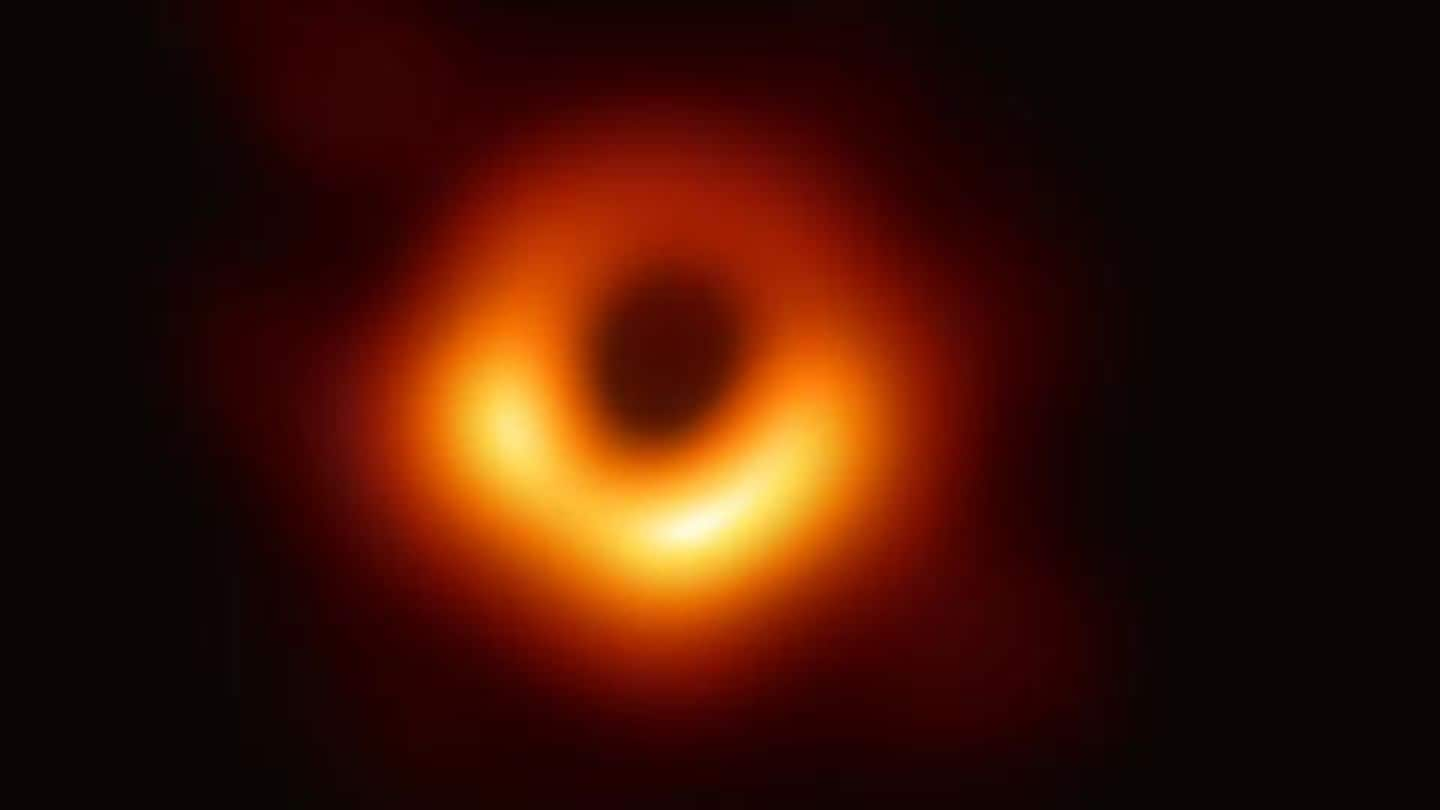
How big is the supermassive black hole scientists photographed
What's the story
On April 10, a team of scientists working with the European Southern Observatory started a new era in astrophysics by unveiling the first-ever directly-observed photo of a supermassive black hole. The cosmic void, captured with a global array of radio telescopes, sits some 55 million light years away from our planet. But, the question is, how big this thing really is? Let's find out.
Distance
Photographing a black hole wasn't easy
Photographing a black hole has been seen as an impossible task because they're invisible and allow no light to escape. However, ESO's team captured the event horizon of a supermassive black hole located at the center of Messier 87 galaxy in Virgo constellation. The light from this region was so strong it allowed direct imaging from Event Horizon Telescope array (that wasn't easy either).
Size
Supermassive black hole as big as Solar System
It has long been suggested that supermassives are biggest in the family of black holes, and the imaging of M87's void proves this fact. The black hole, dubbed M87*, spans a whopping 100 billion kilometers in diameter and if we exclude the giant ring of trapped light, it still is 38 billion kilometers wide. Now, that's nearly as big as our entire Solar System.
Comparison
How this fares against Earth's size
For some perspective, our own Earth, which has a diameter of some 12,700km, would look nothing but a mere speck in this cosmic void. An illustration from webcomic XKCD showcased how big the sun would look like inside this black hole, while Futurism indicated that nearly 3 million Earths would have to be lined up to make the length of the void.
Information
Even its mass is equally insane
During the announcement, scientists also revealed that the mass of M87* is six and a half billion times the mass of Sun - a fact the further shows how ginormous it is.
Distance
Still, it just looks like a tiny seed from Earth
Now, as black holes are known to devour anything that comes in their proximity, the size of this void can raise some alarms. But, worry not, it is a whopping 55 million light-years away from our planet and appears just like a mustard seed in the Washington sea from Earth. That's the beauty of the Universe.